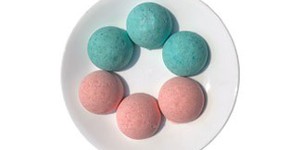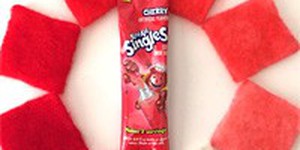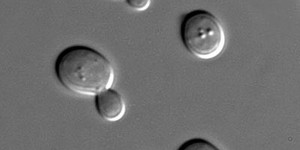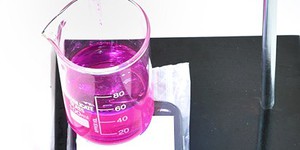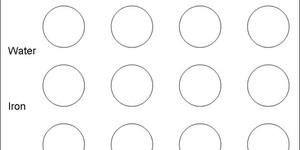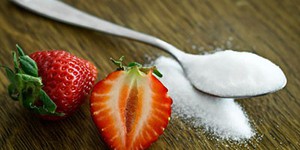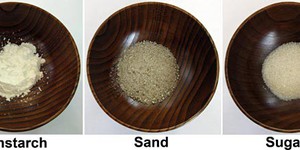Others Like “Determining Iodide Content of Salt” (top 20 results)
|
Lead is a very hazardous element. Even very small amounts can cause health problems, especially in babies and young children. One way to determine if a household item, such as a toy or a piece of jewelry, contains lead is to soak the item in a solution, and then test the solution for lead that might have leached out of the item. The goal of this chemistry science fair project is to determine how varying the pH of the test solution affects its ability to dissolve lead, which is a critical step…
Read more
Have you ever had a refreshing bath using a bath bomb? A bath bomb is several ingredients mixed and molded into a shape, which becomes fizzy when it touches the water. It can be quite a relaxing experience, especially if your bath bomb has a nice fragrance or includes some bath salts. The fizz is the result of a chemical reaction taking place between different ingredients within the bath bomb. In this science project, you will get to make your own homemade bath bombs and explore how changing…
Read more
Have you ever wondered how your clothes get their color? Dyeing textiles is a very complicated process and involves a lot of chemistry. Not only are the properties of the dye and fabric important, but the dyeing conditions also have to be exactly right to get optimal color adsorption. Curious about how it works? In this science project, you will color wool with Kool-Aid® and explore the chemistry of dyeing.
Read more
Making your own bubble solution is fun, but sometimes the bubbles don't seem to work as well as the solutions you buy in the store. In this experiment you can test if adding corn syrup or glycerin to your bubble solution will make it just as good as the stuff you can buy. This experiment will have you blowing bubbles!
Read more
While looking at a package of dry yeast it is hard to believe that the package has organisms in it that are alive. But add the right ingredients and presto, the mixture becomes a bubbly, oozing, mess of life! What are the right ingredients? What does that yeast need to become active? Do this science project and figure it out for yourself!
Read more
Have you ever wondered why some foods taste really sour? Vinegar is one example that you might know from salad dressings or pickles. They taste pretty sour, right? There are many different types of vinegar that you can buy to use around the kitchen for cooking and pickling. The chemical compound that gives vinegar its tart taste and pungent smell is acetic acid. Do you think all the different vinegars contain the same amount of acetic acid? Are there some that are more sour than others? How…
Read more
Picture this situation: An elderly woman is rushed to the hospital complaining of severe abdominal pain, tinnitus, and lethargy. Suspecting a drug interaction, the emergency room doctor starts questioning her. The doctor learns that the woman takes no medicines except aspirin for her arthritis. Since she cannot swallow pills well she takes a powdered form of aspirin which she buys in bulk and keeps in a plastic container in her kitchen next to her baking goods. She had just finished a day of…
Read more
Maple syrup on pancakes, ripe bananas, and soft drinks are all foods that are tasty to us
because of the sugar in them. But did you know there are different kinds of
sugar? One food can have multiple kinds of sugar in it, and our bodies actually process
the different types of sugars differently. In this science project, you will measure the
concentration of two sugars—glucose and sucrose—in different foods, and investigate how
sucrose is converted into glucose with the help…
Read more
Have you ever wondered why some things disappear when they are put in water but other things do not? For example, you may have seen that salt disappears, or dissolves, when it is mixed in a glass of water. But when you throw a rock in a stream it will not usually dissolve, and instead it will just sink to the bottom. And then there are some things that do not act like the salt or the rock. These are called colloids. If you have made Oobleck out of cornstarch and water, then you have seen…
Read more
If you love cooking, decorating cakes, or making edible table decorations, this is a project for you! You will compare three different recipes for rice paper and discover the recipe that works best for your application!
Read more
|
Explore Our Science Videos
Iteration in the Engineering Design Process
Dancing Robot
How to Make a Homopolar Motor - Science Experiment


